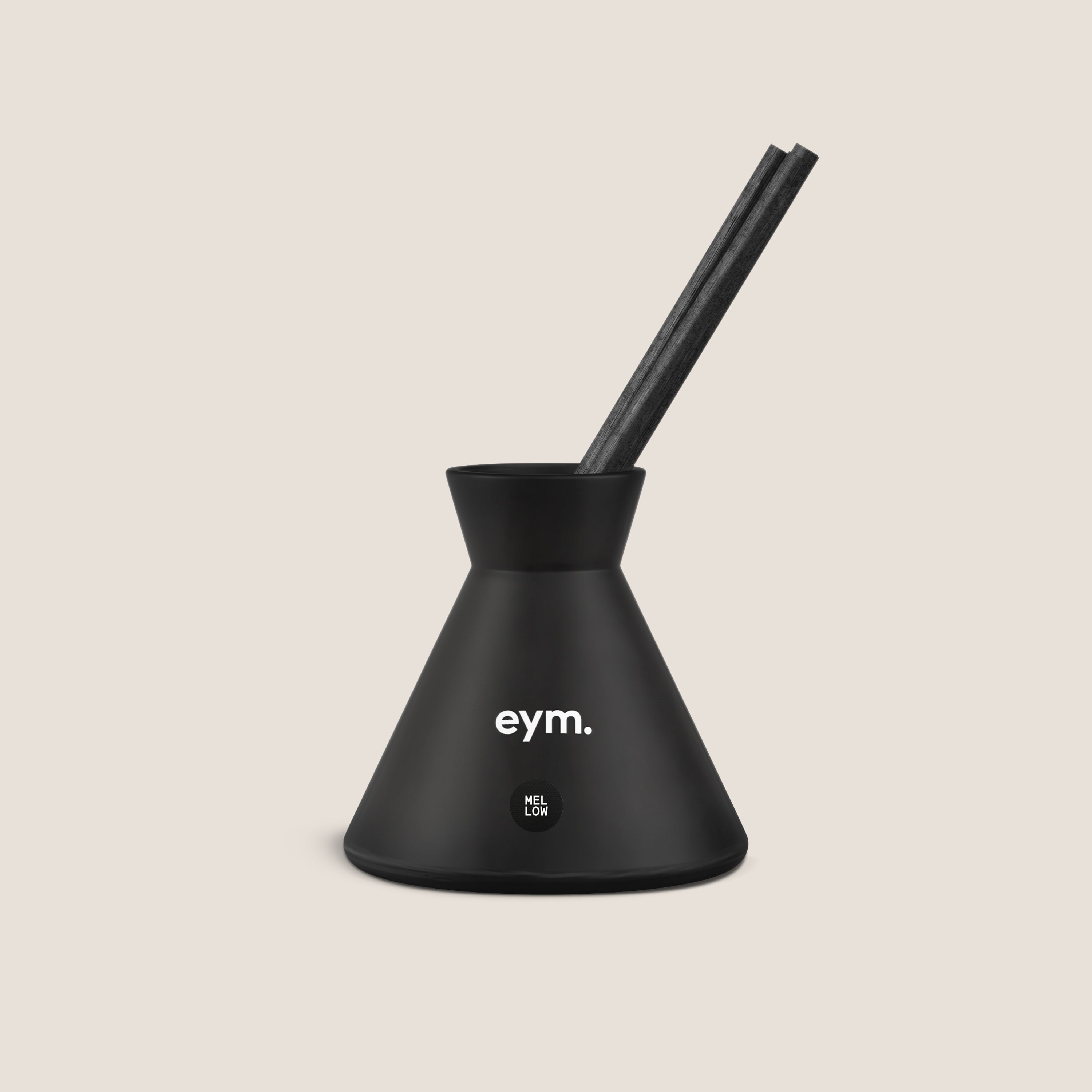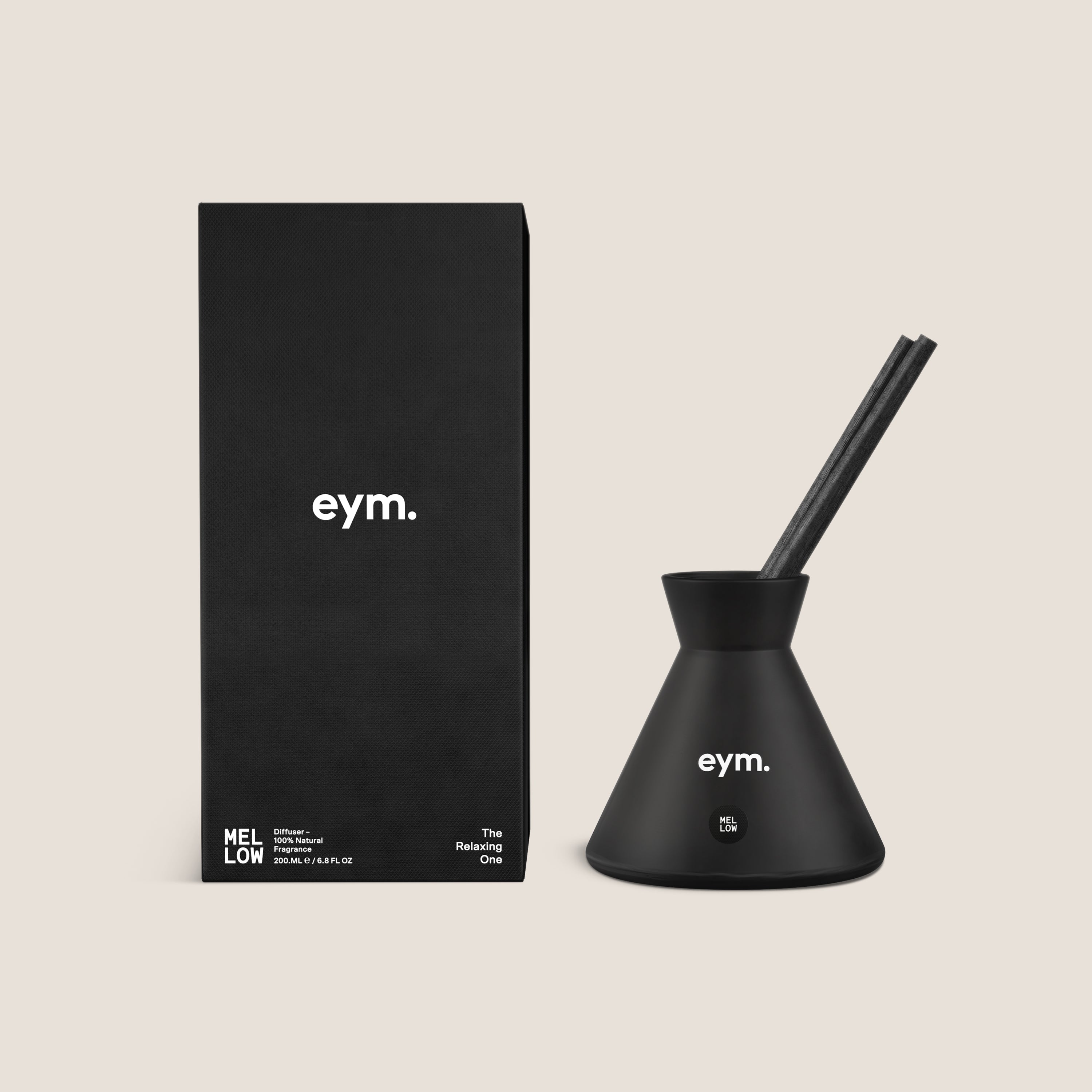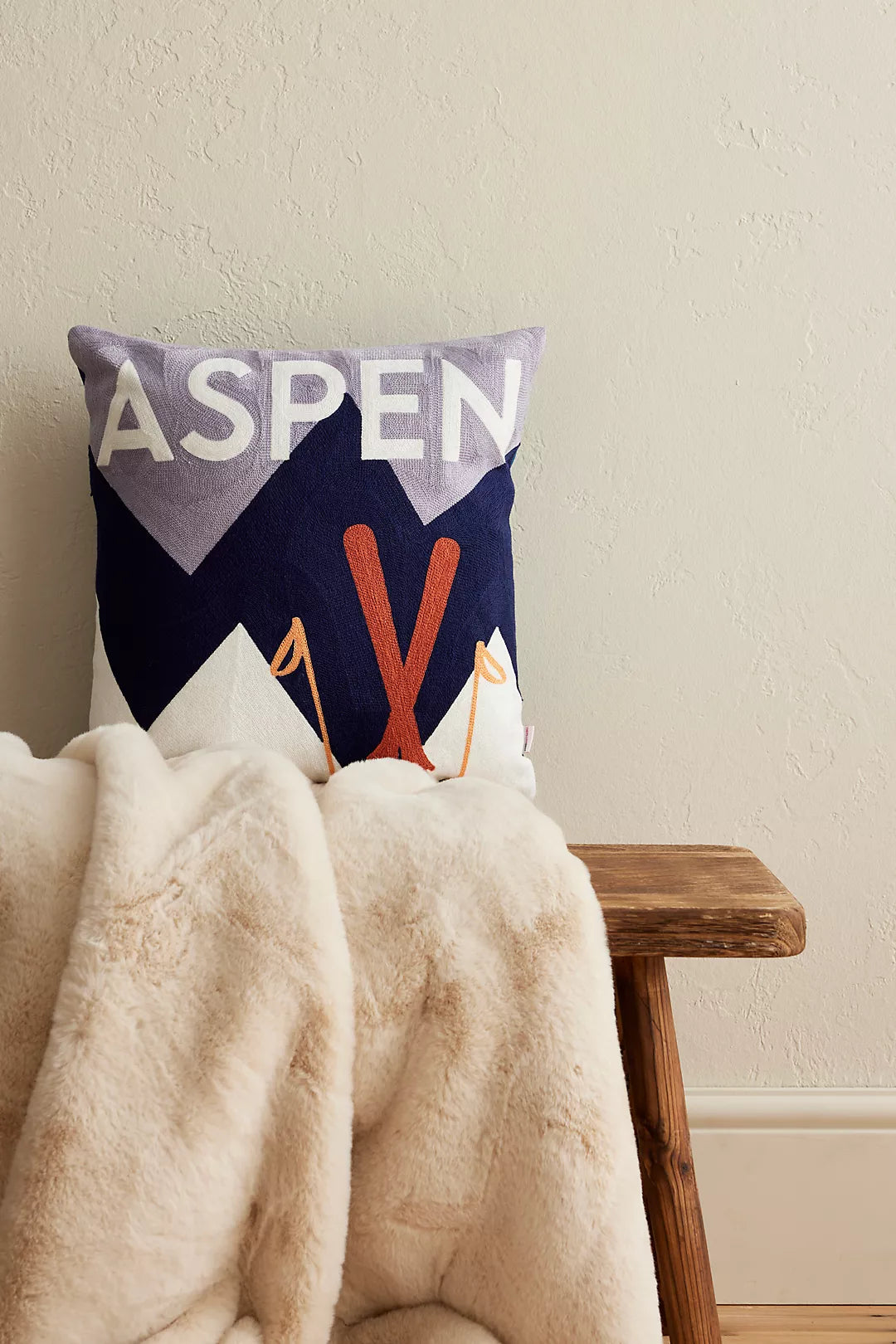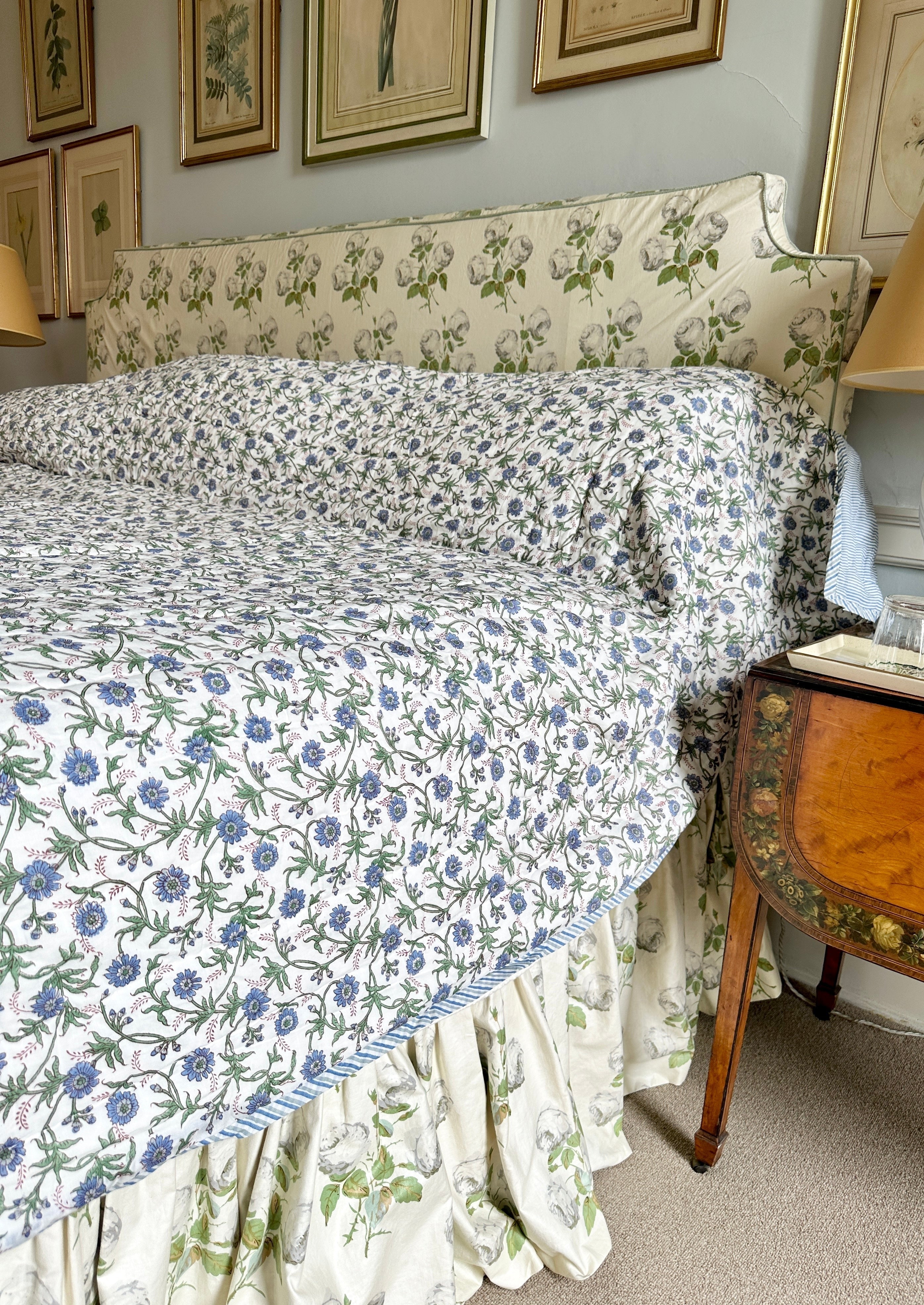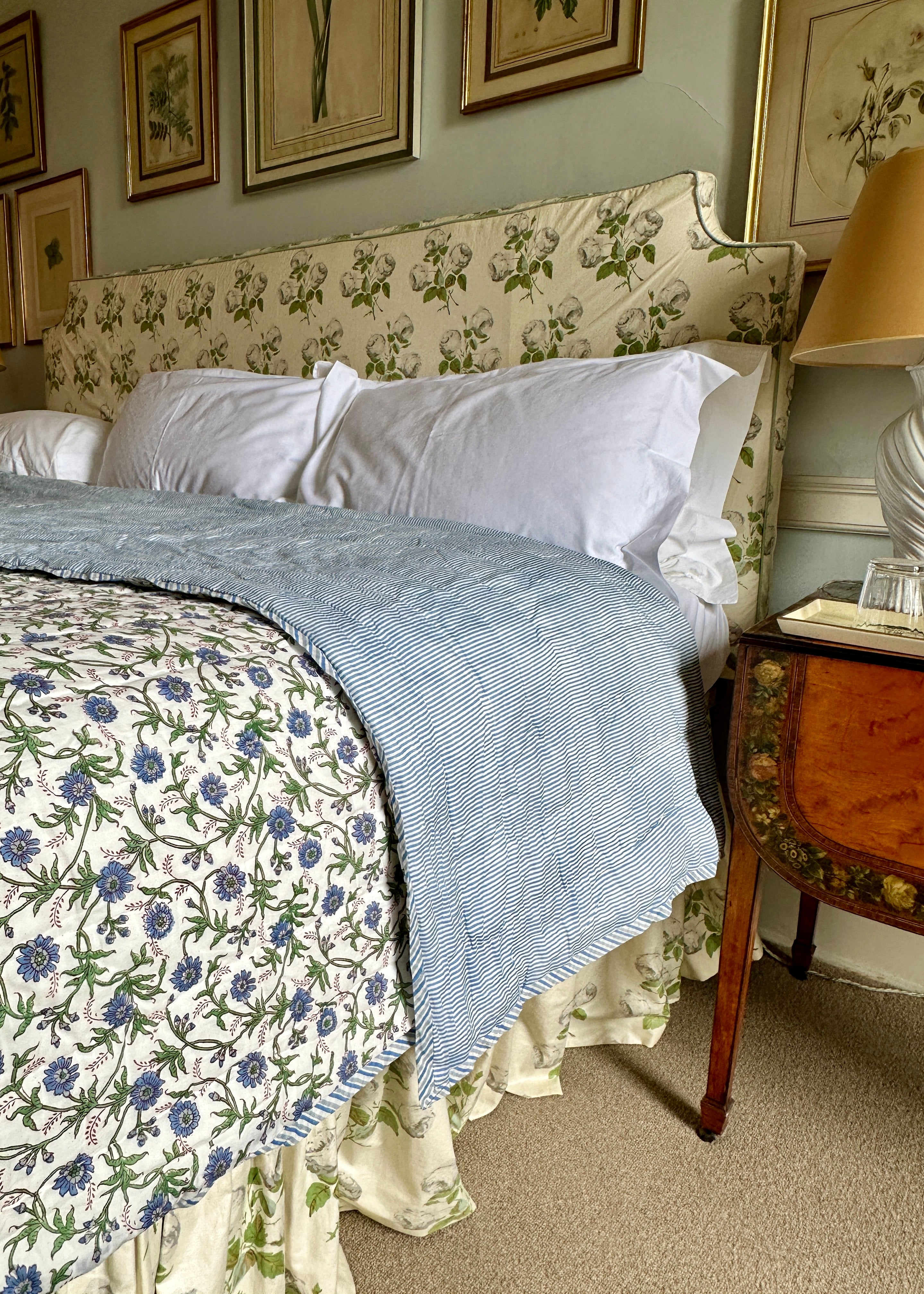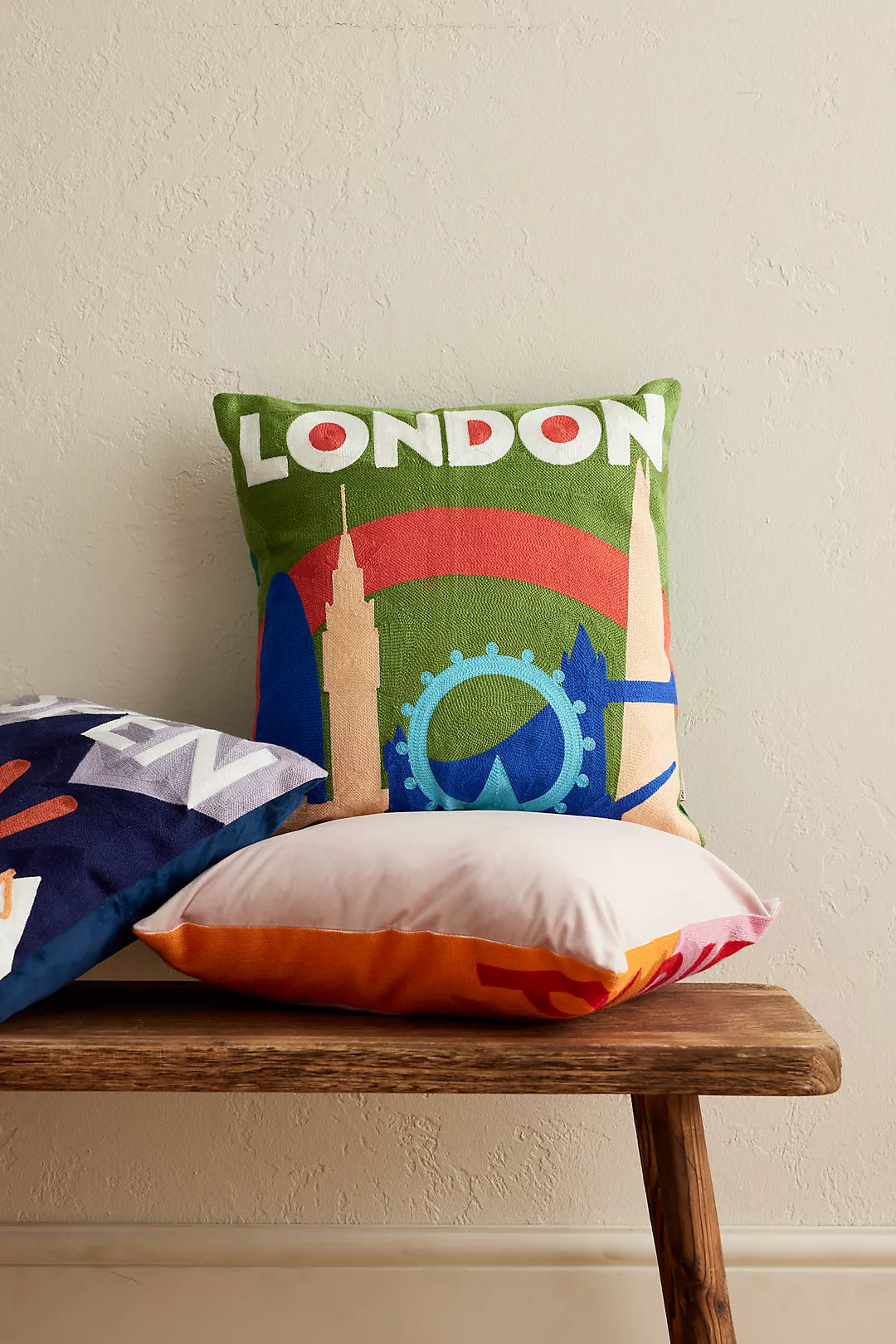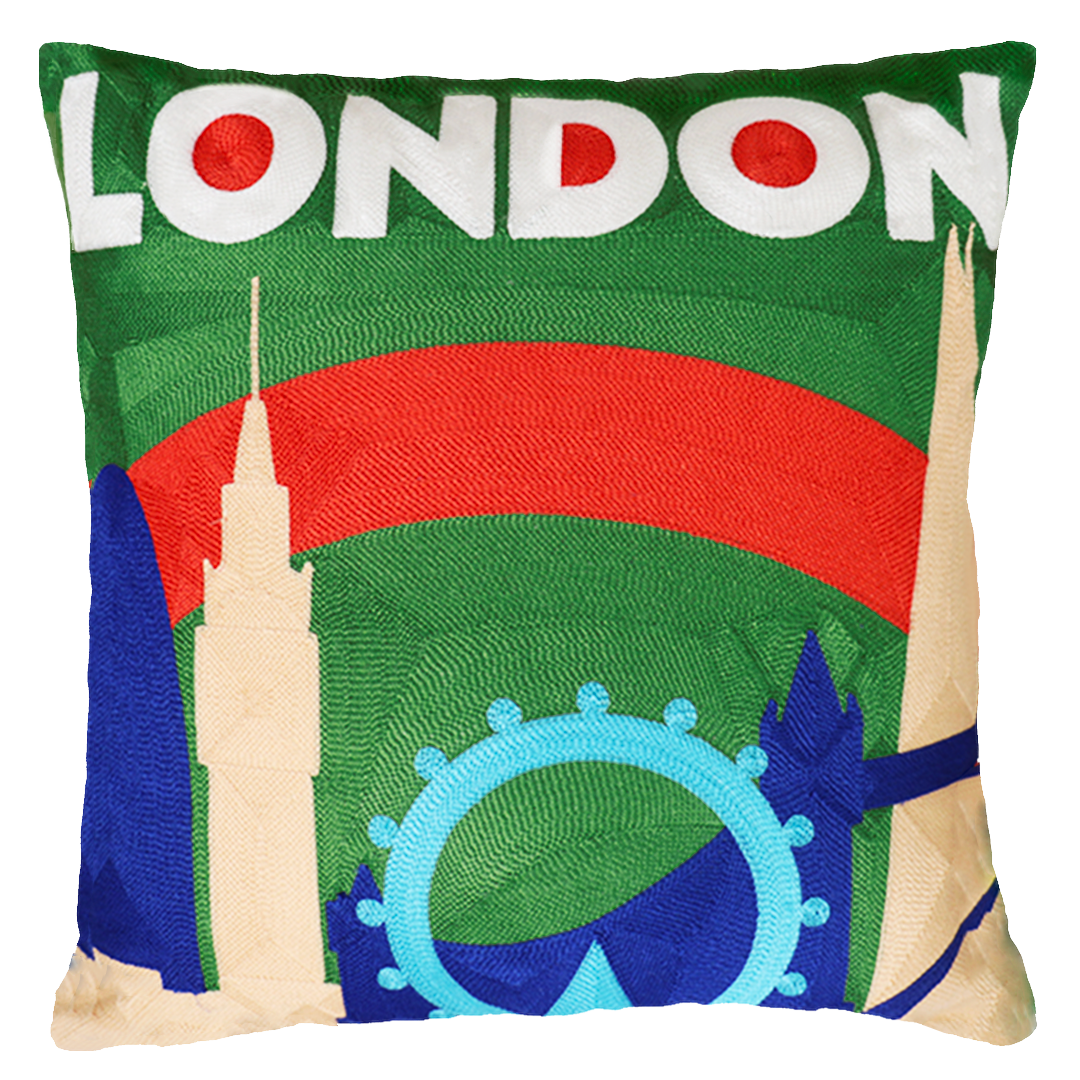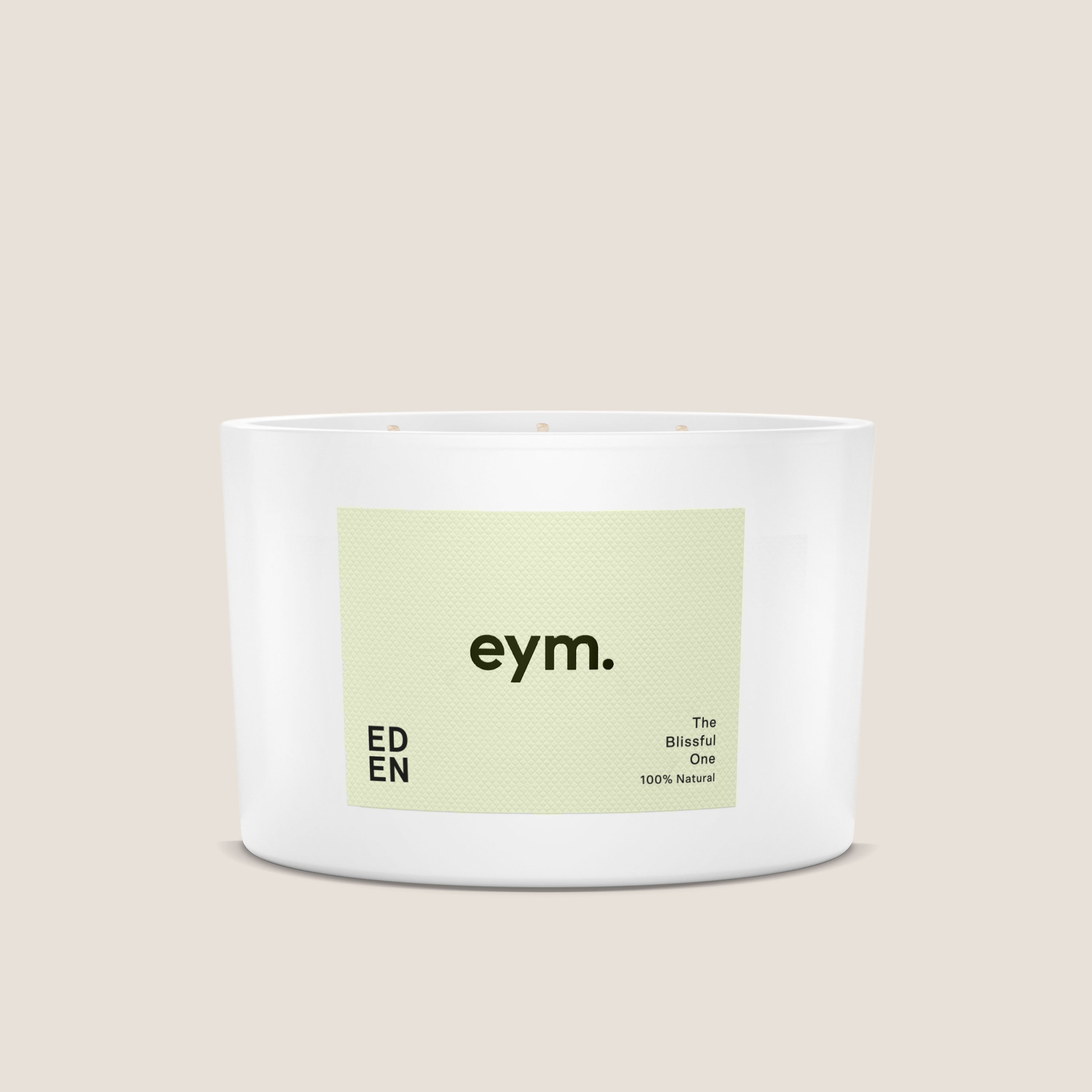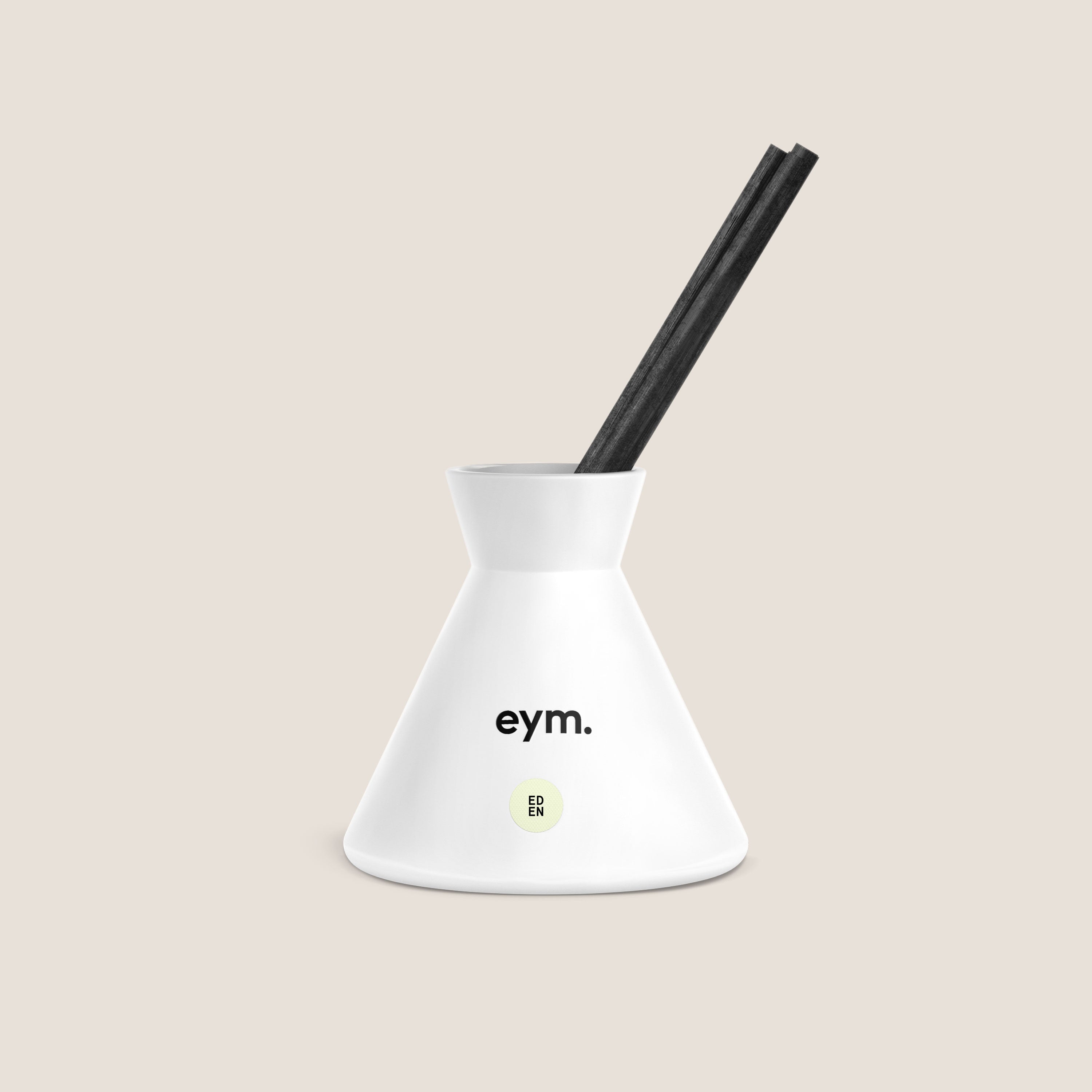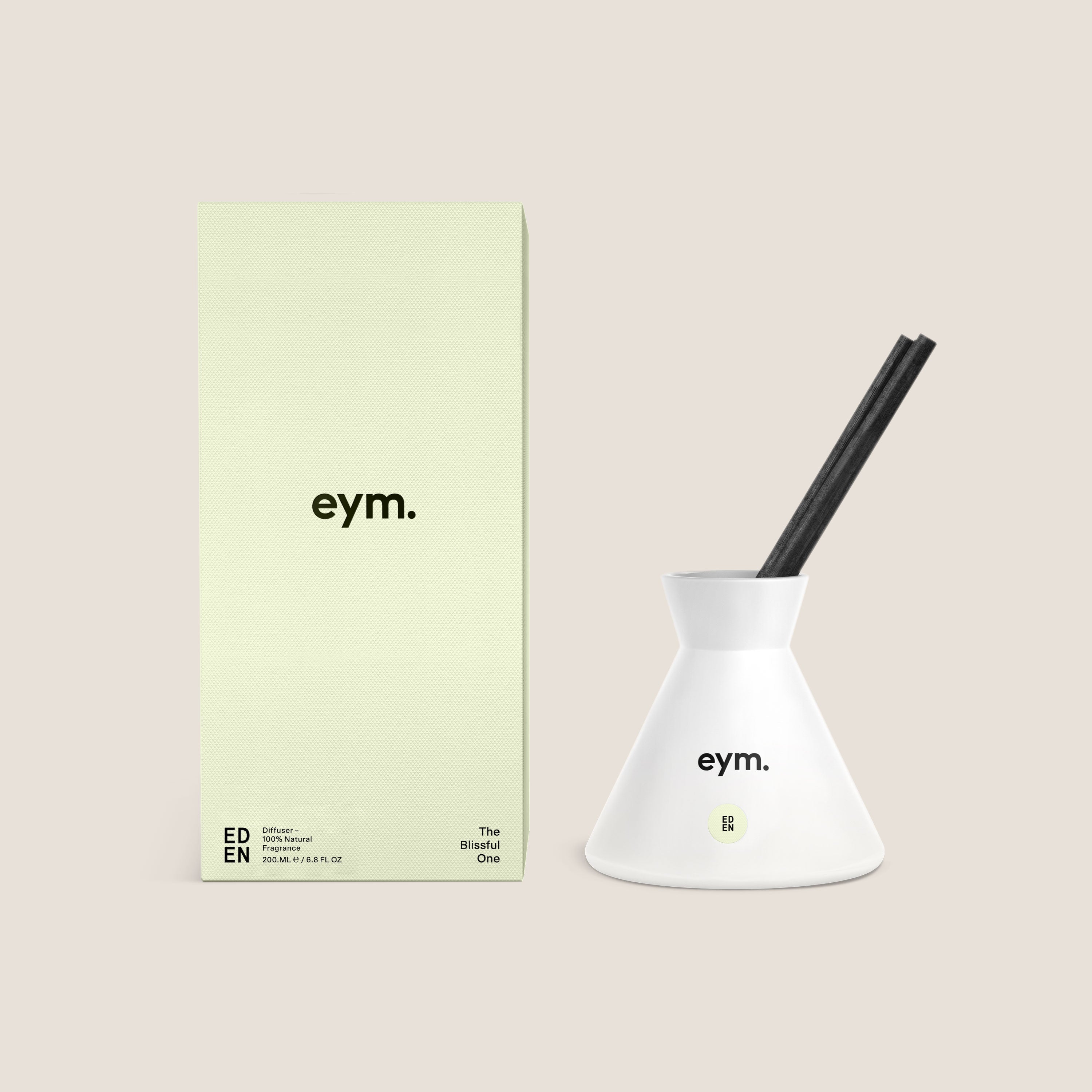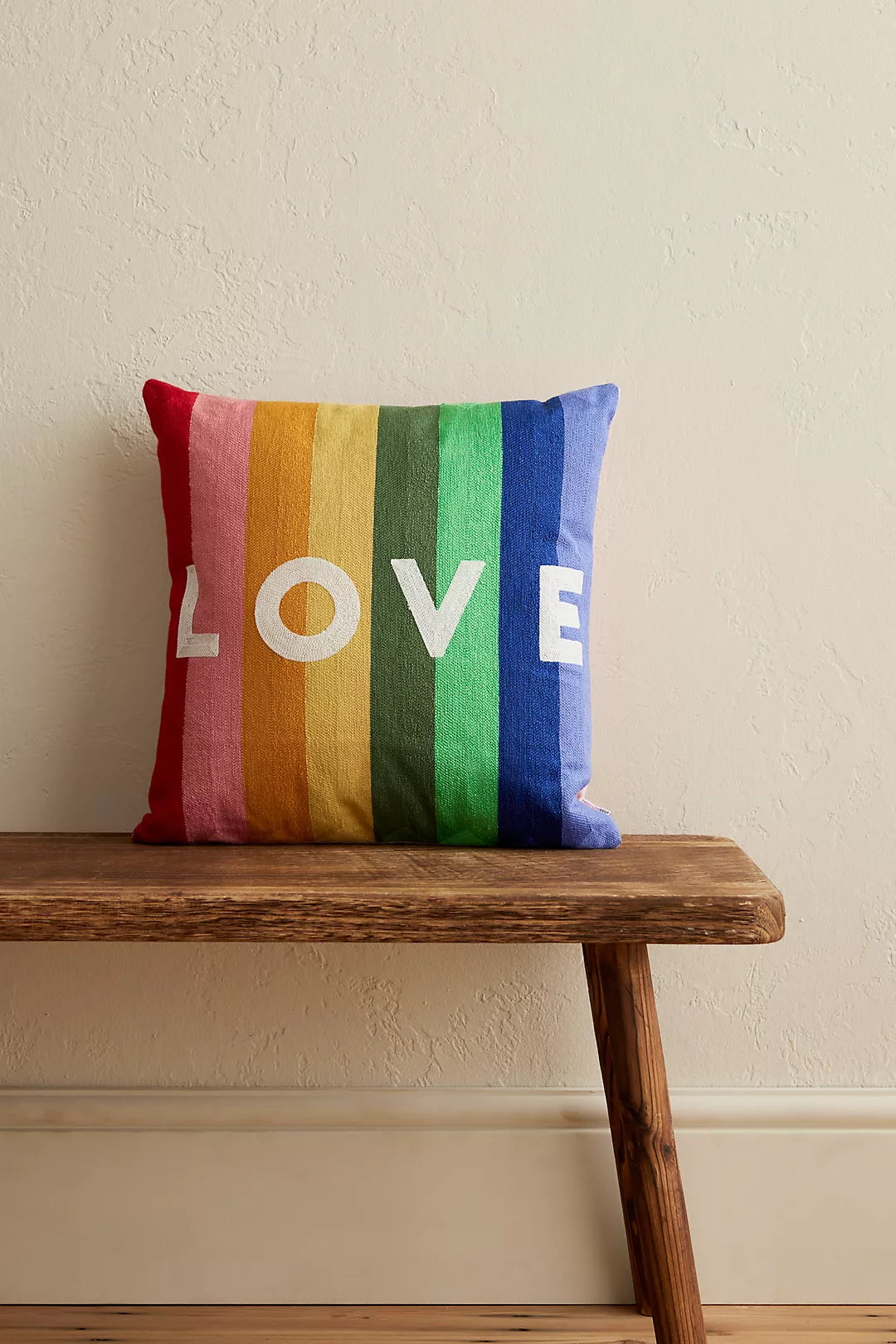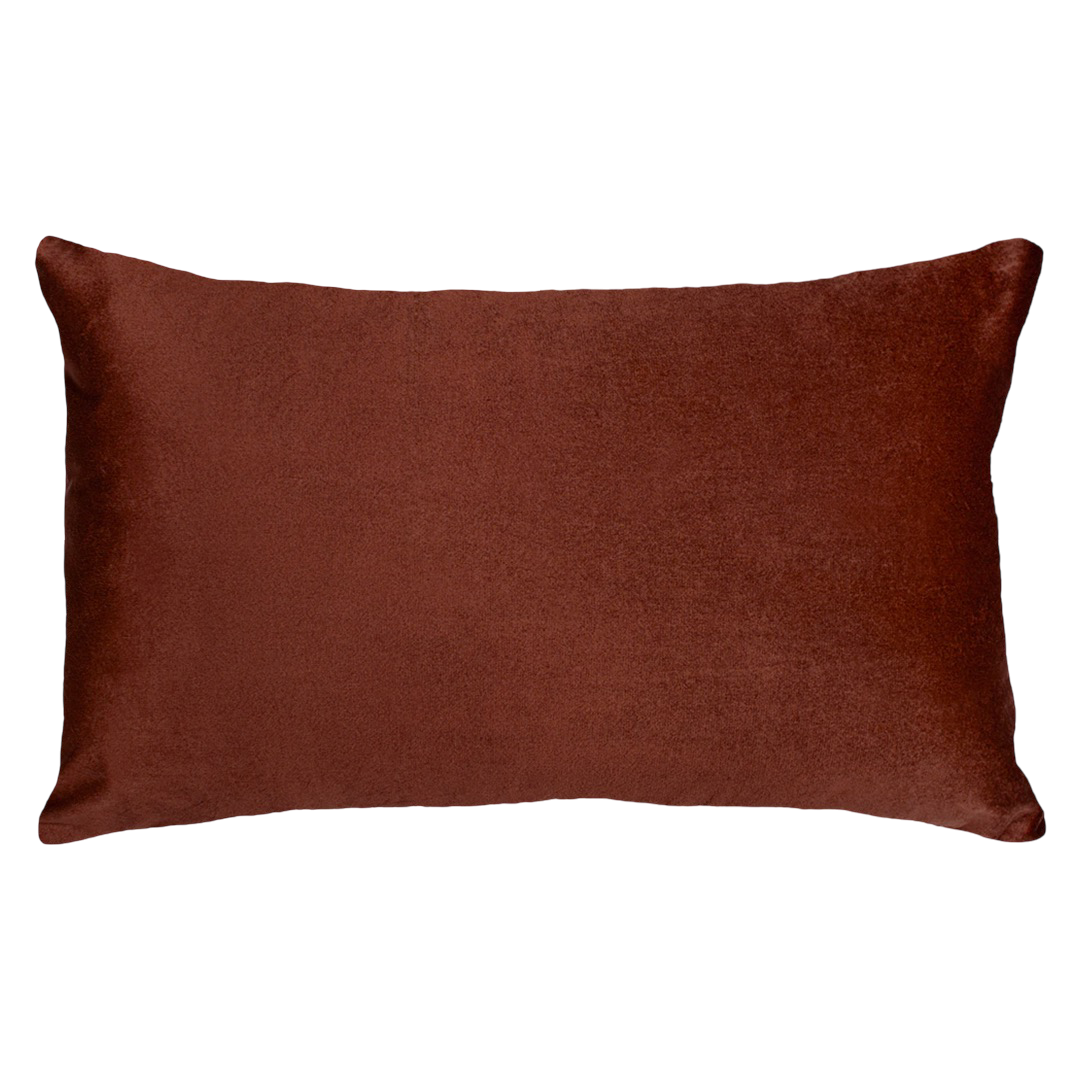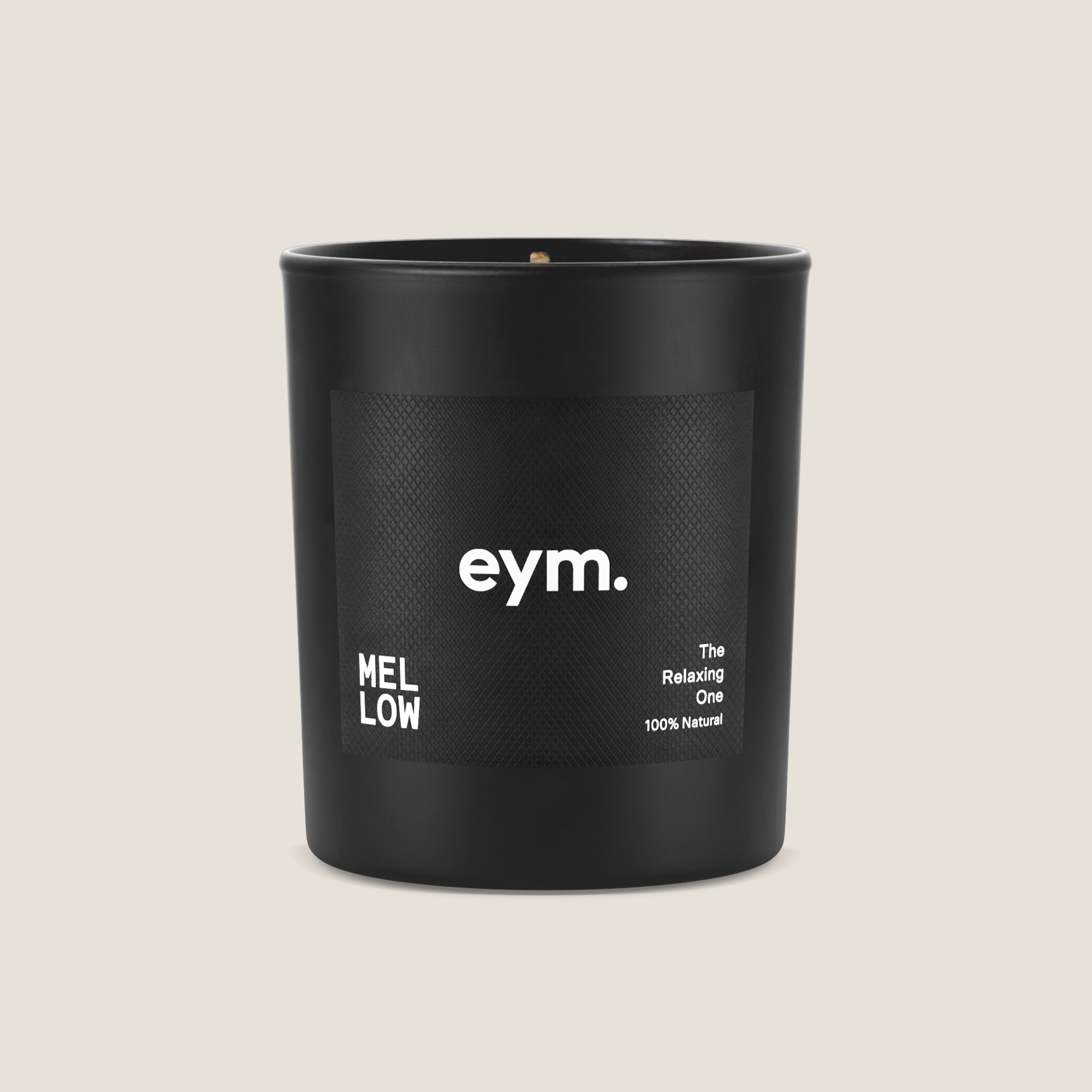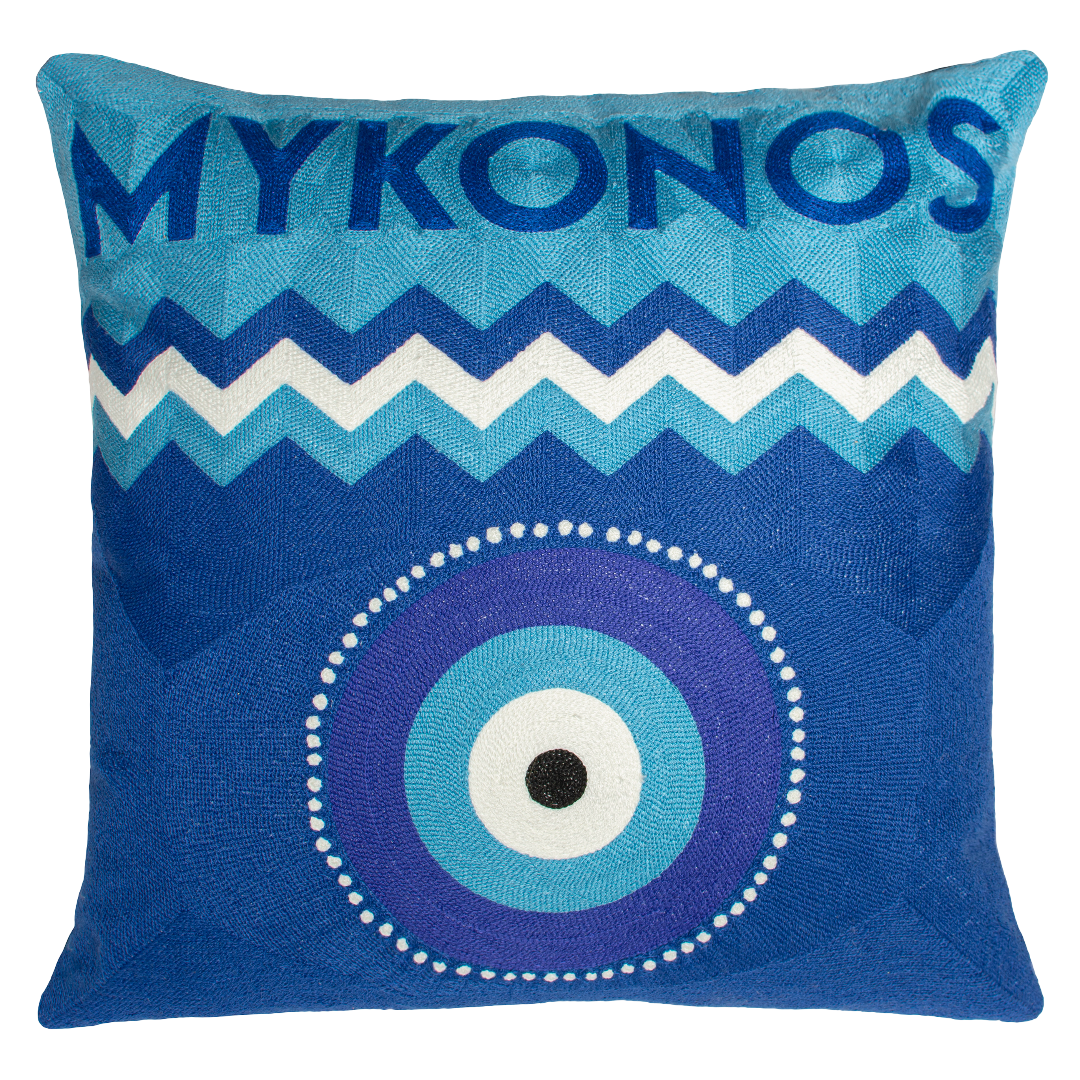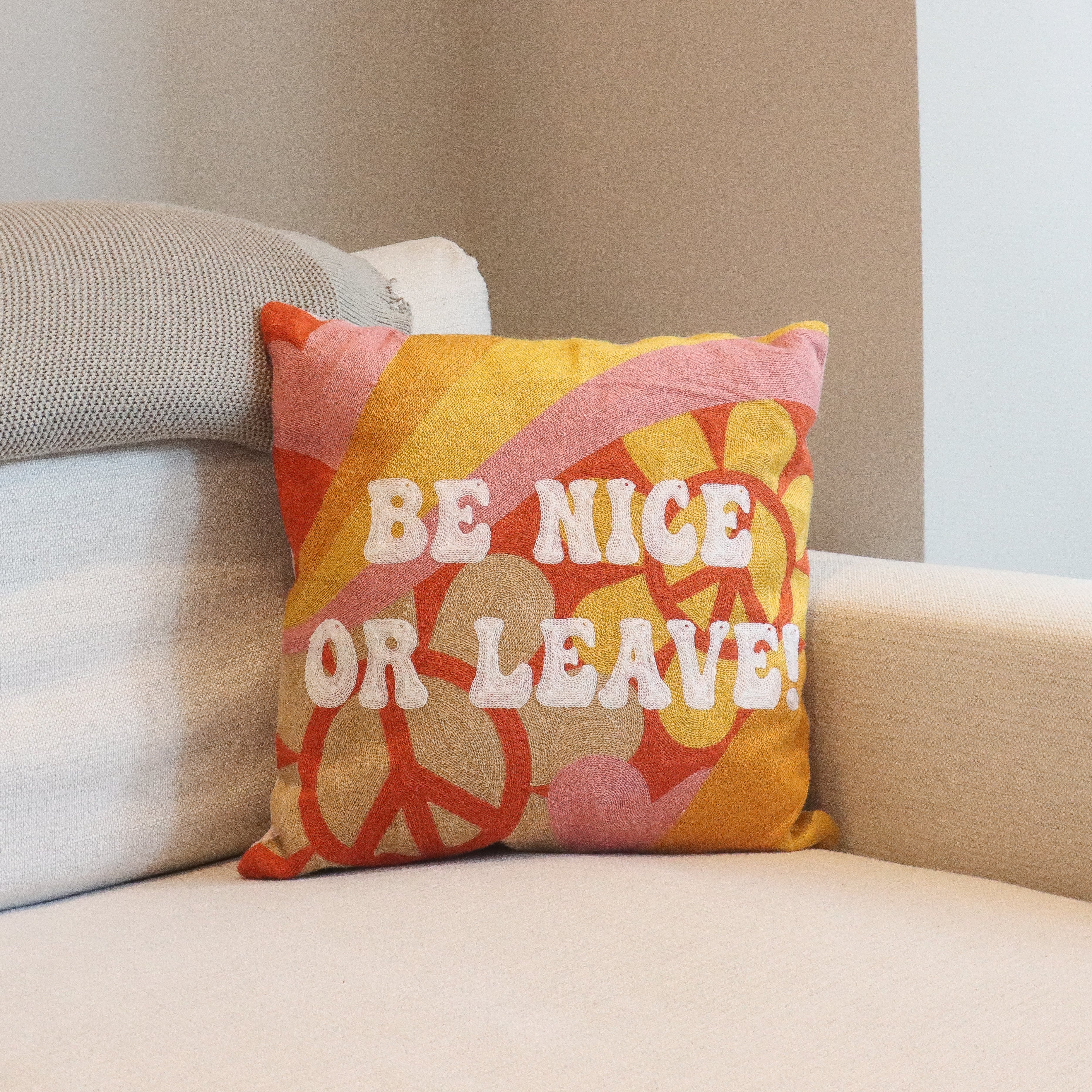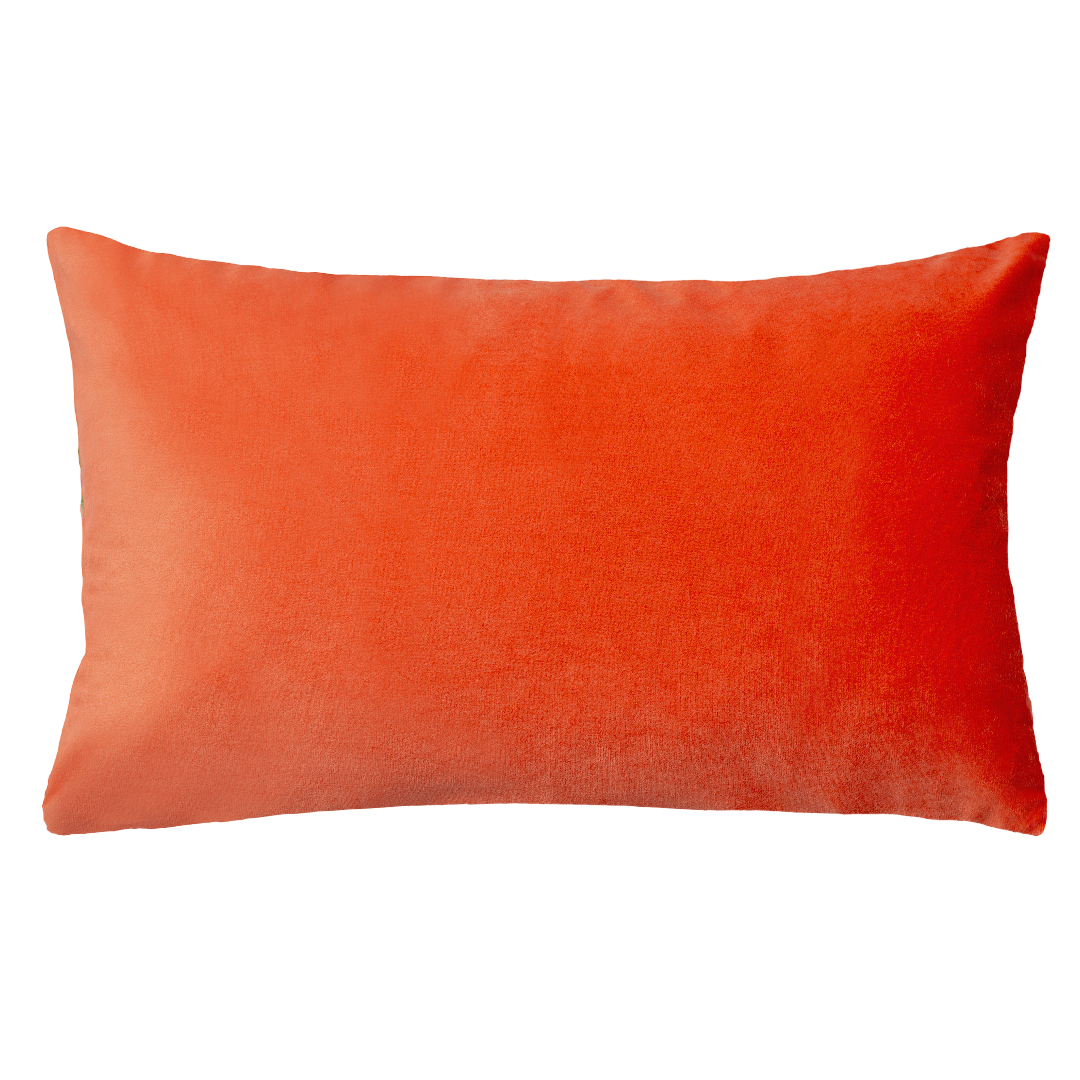The Love to Home Edit

8 tips to make your home feel Christmassy (without overdoing it)
There’s something undeniably magical about decorating your home for Christmas – the annual trek into the loft to dig out dusty boxes of ornaments, fairy lights, and festive trinkets that have been ...
Read more →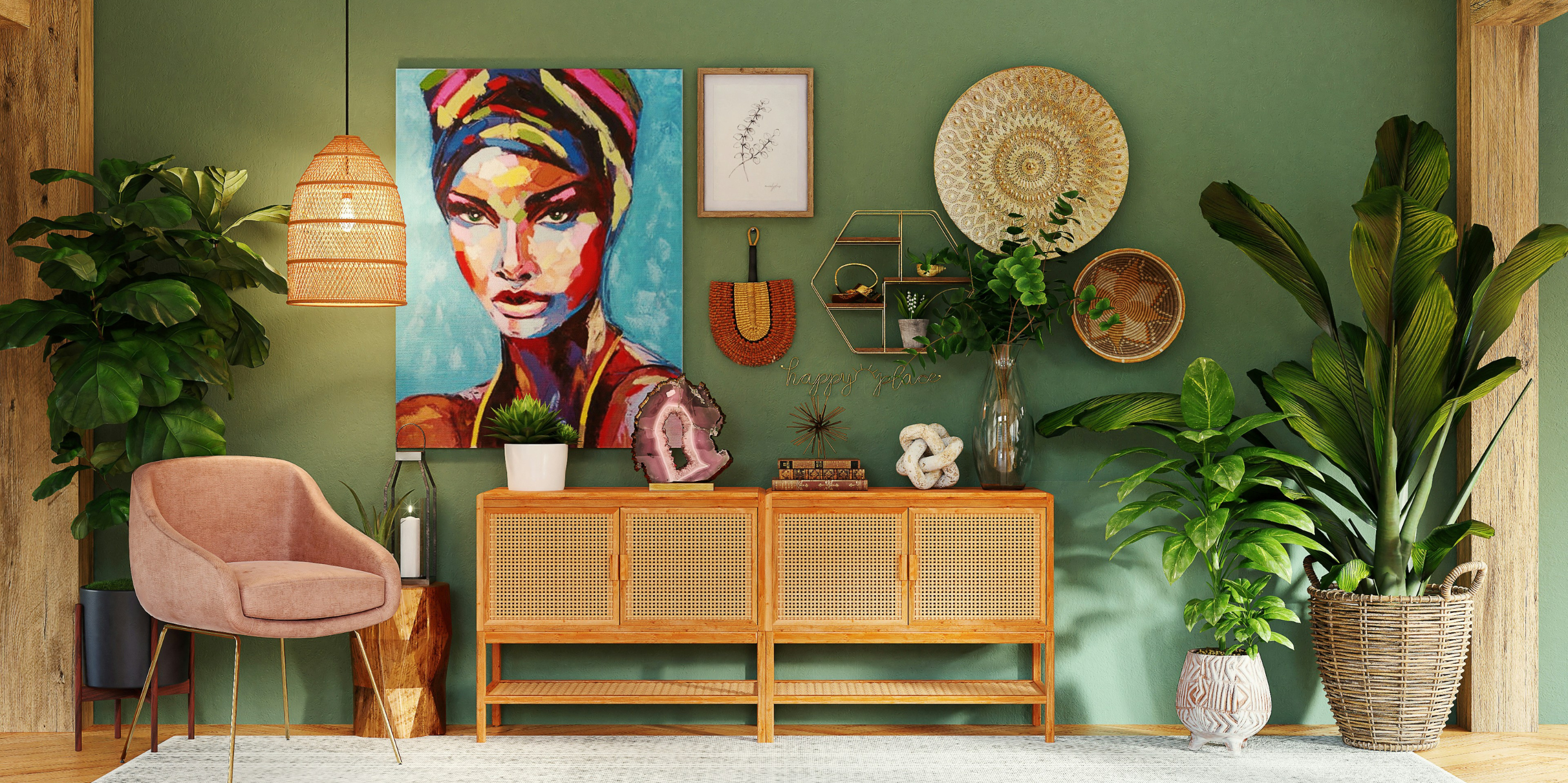
10 rules for creating an interior style that’s truly yours
One day, you look around your home and realise with a pang that practically everything you own is a cheap IKEA or supermarket buy. The cushions clash, the mugs don’t match the plates, and those pie...
Read more →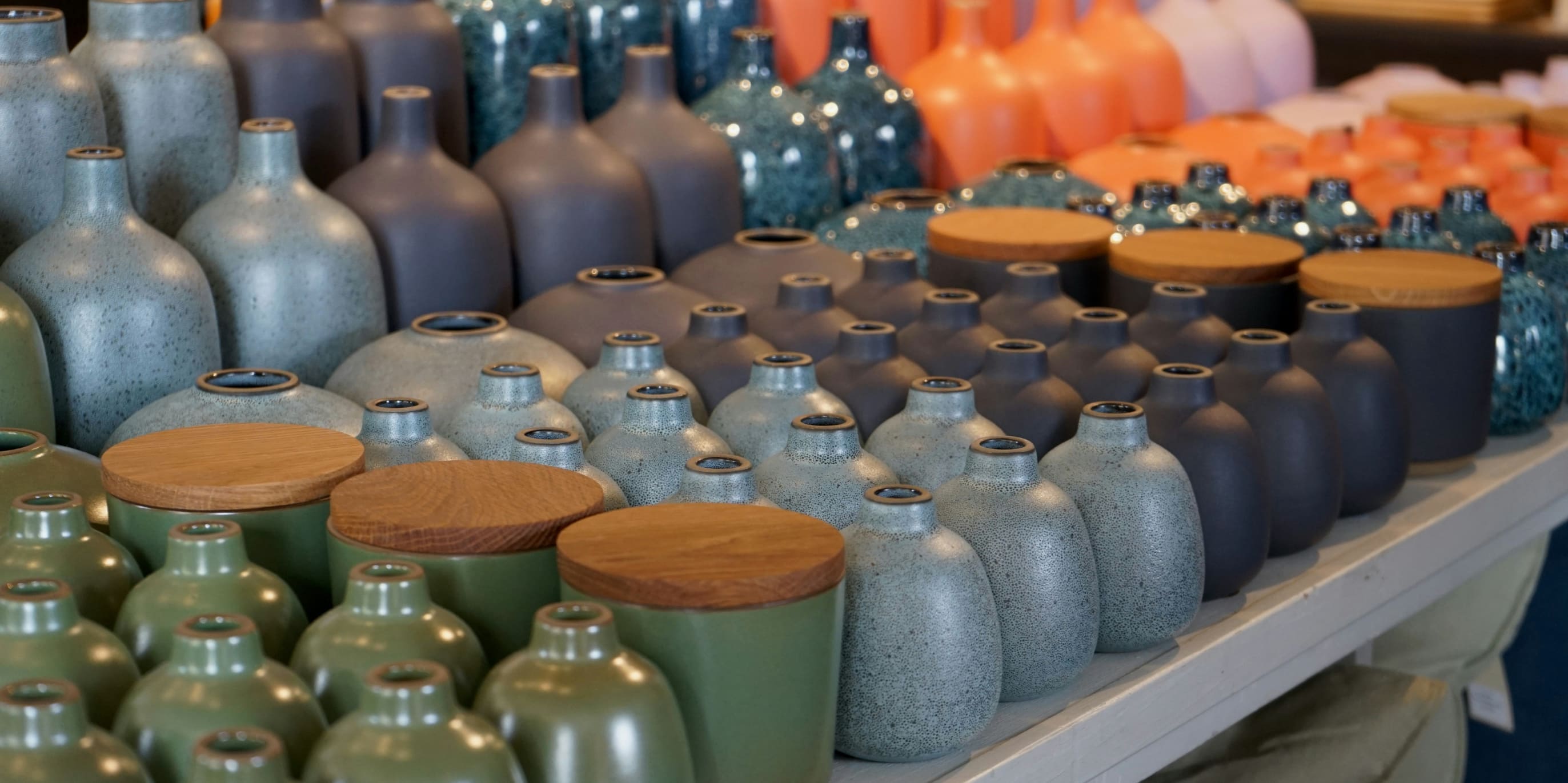
Fast homeware is the new fast fashion
I have a confession: I used to be that person who considered a trip to IKEA a full-blown day out. I couldn’t even do my weekly Aldi shop without coming back with something from the infamous middle ...
Read more →



